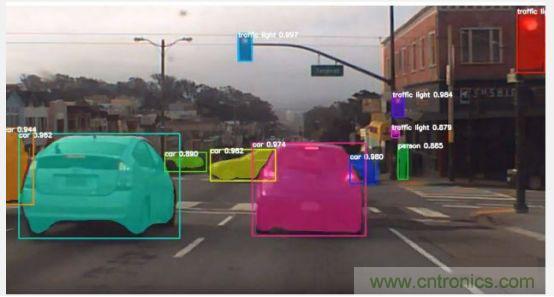
Imagine youre diving into the world of prop trading, eager to leverage your skills across multiple markets—forex, stocks, cryptocurrencies, commodities, and more. But as you jump in, an important question pops up: How do profit splits and payout terms really work? Navigating these details isn’t just about crunching numbers; it’s about understanding how your efforts translate into real earnings, and how the evolving landscape of financial trading impacts that relationship. Let’s break it down, keep it real, and explore what this means for traders like you today—and tomorrow.
At its core, profit split and payout terms define how profits earned through trading are divided between traders and the prop trading firm. Think of it as a partnership—youre putting in the effort, but a certain percentage of the gains goes back to the firm, which provides the capital, infrastructure, and access to multiple markets. The specific split can vary: some firms keep 30-50%, offering traders a 50-70% cut, depending on factors like experience, trading volume, and risk management.
This setup is common in proprietary trading environments, especially with the rise of MetaTrader 5 (MT5), known for its comprehensive asset coverage, advanced tools, and seamless integration across markets. Traders typically get a payout based on profit performance, which might be locked in as weekly, bi-weekly, or monthly payments—sometimes with a cap or additional bonuses.
Understanding how profits are split isn’t just about chasing the highest percentage—its about evaluating the overall risk and reward structure. For example, a 50-50 split might sound fair, but if the trading environment is highly volatile (say, crypto markets), it’s crucial to recognize how potential losses are handled. Some firms offer fixed payout thresholds or profit-sharing models that incentivize traders without overly exposing them to risk.
Look for transparency—does the firm clearly define how profits are calculated? When are payouts made? Are there conditions like drawdowns or trading restrictions? These nuances make a huge difference in your actual earnings and how long you can sustain your trading activity.
The beauty of MT5 lies in its versatility, and many prop firms leverage this by offering flexible payout terms tailored to different trader styles:
Take a hypothetical trader—let’s call him Mike—who’s consistently making solid profits in the forex and stocks markets on MT5. His firm offers a 60% profit split and weekly payouts. As Mike’s skills improve, earning more than 20% ROI on his trades becomes realistic, and with transparent payouts, he can easily track his earnings. This setup encourages traders to perform better, knowing their hard work is directly rewarded.
Trading in multiple assets—forex, stocks, crypto, indices, options, commodities—has become second nature for many traders. Each asset class offers unique opportunities and challenges, and profit split terms can adapt accordingly. For instance, crypto’s volatility might warrant different risk management rules or split arrangements compared to more stable options like stocks.
In today’s landscape, traders are increasingly learning to diversify their strategies, combining assets to hedge risks and optimize profits. Prop firms are realizing this, offering package deals that allow traders to access multiple markets under one umbrella, with profit splits that reflect the complexity and potential of these assets.
We’re witnessing the rise of decentralized finance (DeFi) platforms and blockchain-based trading—yet, these innovations come with their own set of hurdles. Smart contracts, for example, can automate payout processes, reducing delays and increasing transparency. Still, the security, regulatory landscape, and feasibility of decentralized profit splits remain dynamic and sometimes unpredictable.
Future trends suggest AI-driven trading algorithms becoming mainstream, capable of executing strategies faster and more accurately than humans. How will profit splits adapt? Perhaps more firms will experiment with AI-managed accounts where profit sharing is embedded into smart contracts, ensuring traders get a predefined cut in real-time without third-party interference.
The future points to more customization—traders will have increased say in how splits are structured, with flexible terms tied to performance, market conditions, or asset-specific risk profiles. Expect to see:
Because these terms directly influence your trading profitability. They are more than contractual clauses—they’re the foundation for sustainable success in prop trading. Think of a good profit split like a solid partnership: it motivates, rewards, and encourages traders to push their limits knowing they’re fairly compensated.
The evolving landscape emphasizes transparency, flexibility, and technological integration—adapting as markets grow more complex. Whether youre trading forex, crypto, or indices, understanding these terms empowers you to choose the right firm, craft your trading strategies better, and navigate this exciting future.
In a world where profit sharing shapes your trading career, having the right terms aren’t just favorable—they’re game-changing. Ready to capitalize on the new wave of prop trading? Dive in, understand your payout terms, and make those profits work for you.
Your All in One Trading APP PFD